 How Nutrients are Transported Through the Body
How Nutrients are Transported Through the Body

Nutrients — substances essential to our life and wellbeing — gained from food are first transported to the stomach through the esophagus, after chewing, which is itself an important part of the digestive process. Once the stomach processes food and breaks it down into more manageable portions, it will move onto the intestines. The intestines use a process called peristalsis to contract and expand, which is what drives the food forward through the digestive system.
Nutrients that the body needs for optimal functioning are absorbed by the walls of the smaller intestine and are transported by the bloodstream to every part of the body. There are many systems involved in this process, all of which must work well, or else the body will lose energy in certain areas and may stop functioning correctly.
Digestion transforms nutrients into more suitable forms for the body to use effectively by using many chemical reactions to break food down into molecules. Before entering blood cells for transport, almost all nutrient molecules will converge with oxygen, creating stored energy. The metabolism (a term that refers to all processes that keep the cells in the body alive and healthy) changes these molecules into heat energy.
Blood sugar levels are also affected by the transport of nutrients through the blood. Therefore, excessive sugar and carbohydrate intake can result in an insulin over-stimulation which will cause a sudden tired feeling.
Almost all required nutrients can be provided solely from food. However, for people who use large amounts of energy (such as athletes, farmers, construction workers, or other physical laborers), supplements may be required for top performance.
Different Types of Nutrients
Carbohydrates start breaking down in the mouth already, due to the enzymes in saliva, and the small intestine finishes the job. Carbs are necessary for producing energy for the body and are classified as starches (complex carbohydrates) or sugars (simple carbohydrates).
Types of nutrients include vitamins, fats, minerals, protein and carbohydrates, and each is absorbed, broken down and subsequently used differently.
Two different types of amino acid make up the proteins: the ones obtained from food and the ones produced by the body itself. Proteins are broken down by enzymes in the stomach. The small intestine continues this process until the proteins are in their tiniest state — namely amino acid molecules — which then enter the blood for transport.
Large fat molecules are broken down into smaller ones by bile acids that are created in the liver and stored in the gallbladder (both these organs are considered part of the digestive system) and the small intestine. After this, they enter mucosa cells and coagulate back into larger molecules for transport. Fats use two different methods of transport, the first being the system that moves them to the chest from the lymphatic system, and the second being the bloodstream, which moves the fat to different body parts for storage.
Vitamins are substances that promote the natural processes in the body and help the other nutrients to be used better. Vitamins that can dissolve in water are transported through the bloodstream, while those that dissolve in fat are transported just like fat molecules.
After being absorbed into the blood by the smaller intestine, minerals are necessary for things like bone structure and for the muscles to function correctly.


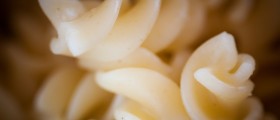

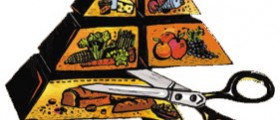
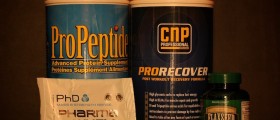

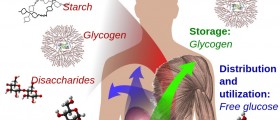
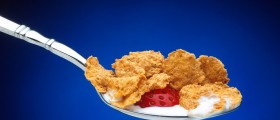


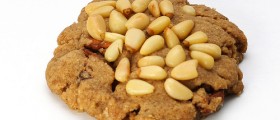

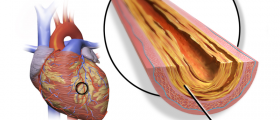
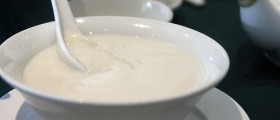


Your thoughts on this
Loading...